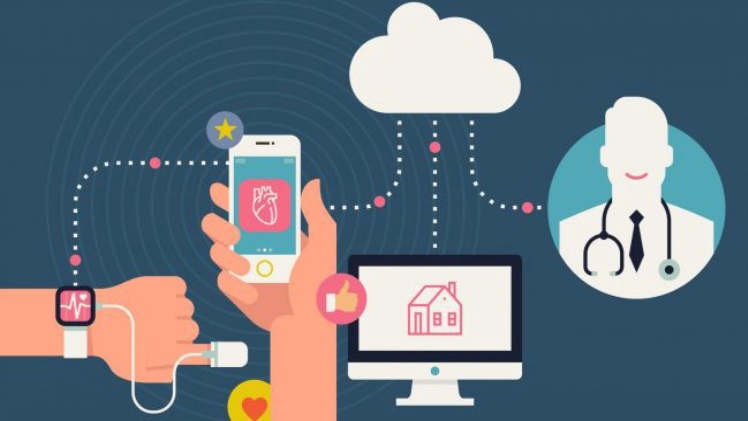As digital health and wellness modern technology advances, telehealth is significantly used to enhance the monitoring of diabetes. Telemedicine is an encouraging intervention for the diabetic issues patient population since it allows for innovative and also precise monitoring of blood glucose, while likewise fostering improved medicine adherence. Nonetheless, for these benefits to emerge, clients have to be involved with the technology. A recent study addressed this point by analyzing the role of client engagement in the success of a diabetes telehealth program.
The Impact of Patient Involvement on Client End Results
Patient engagement software in a telehealth program is a vital determinant of program success. A patient’s desire to take part in a telehealth program is affected by viewed usefulness of the modern technology and also viewed convenience of use. Additionally, person activation, which is defined as a person’s understanding of his/her function in the care process, likewise adds to engagement. A current study discovered the function of these 2 factors in a telehealth program for diabetes management.
The study’s authors gathered information from a team of people with kind 2 diabetic issues that utilized remote patient monitoring technology for 3 months. Their primary objective was to comprehend how patient activation and interaction with the technology influenced diabetes administration end results. The end results were established by contrasting the adjustments in hemoglobin A1c (HbA1c) at the start of the program and after program conclusion.
Exactly How Eager are Patients to Take Part In Telehealth?
The remote client monitoring program featured in the research happened at Nebraska Medicine, a leading ranked medical facility in Nebraska. Individuals with kind 2 diabetic issues that were lately hospitalized were recruited to the program within one month of medical facility discharge. The 3 month remote patient monitoring program consisted of day-to-day remote surveillance of biometric information (high blood pressure, weight, as well as sugar level) as well as a minimum of one regular telephone call with a nurse. Extra telephone calls with nurse coaches were performed when an alert was caused from the tracking system.
As part of the remote person surveillance program, nurse coaches provided interventions such as medication adherence assessment, dietary counseling, weight measurement, as well as condition self-management assistance. In addition, a certified diabetic issues teacher supplied individuals with their HbA1c information as well as administered a virtual foot examination at baseline as well as at program completion. Additionally, people who completed the program obtained diabetic retinopathy testing at a neighborhood area healthcare software development centre.
The key end result of the research study was HbA1c, which was gauged at baseline and also program completion. The individuals were divided right into two teams according to their HbA1c degrees: HbA1c above 9% (inadequate glycemic control) and also HbA1c less than or equal to 9%.
The authors used the Individual Activation Procedure -13 (PAM-13) to compare the level of individual activation at baseline as well as at the end of the remote surveillance program. The PAM-13 contains 13 questions that determine patient understanding, ability, and confidence for self-management of chronic conditions. Based upon PAM-13 scores, the authors separated individuals right into four levels, with degree 1 indicating the least self-confidence and knowledge in managing health and degree 4 suggesting that the individual is actively managing his/her very own wellness.
Patient interaction was determined according to the regularity of uploads of biometric information. Patients were split right into five quintiles of upload regularity, varying from 0 uploads each day to over 1 upload each day. The first 3 quintiles were categorized as low interaction and also the 4th and also fifth quintiles were identified as high engagement.

